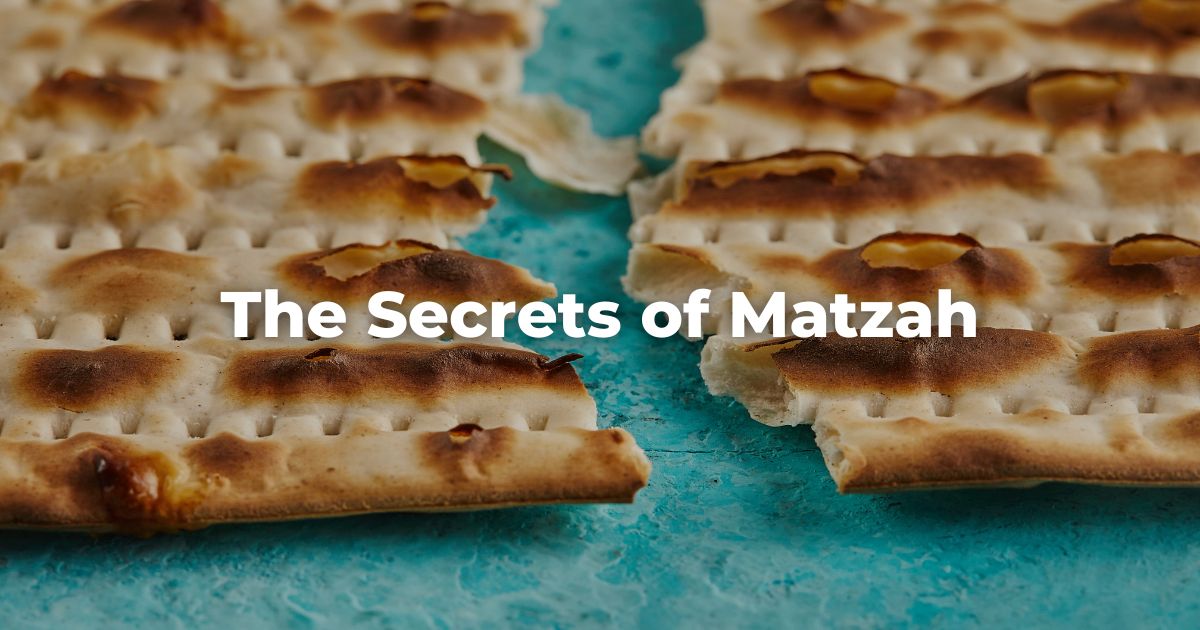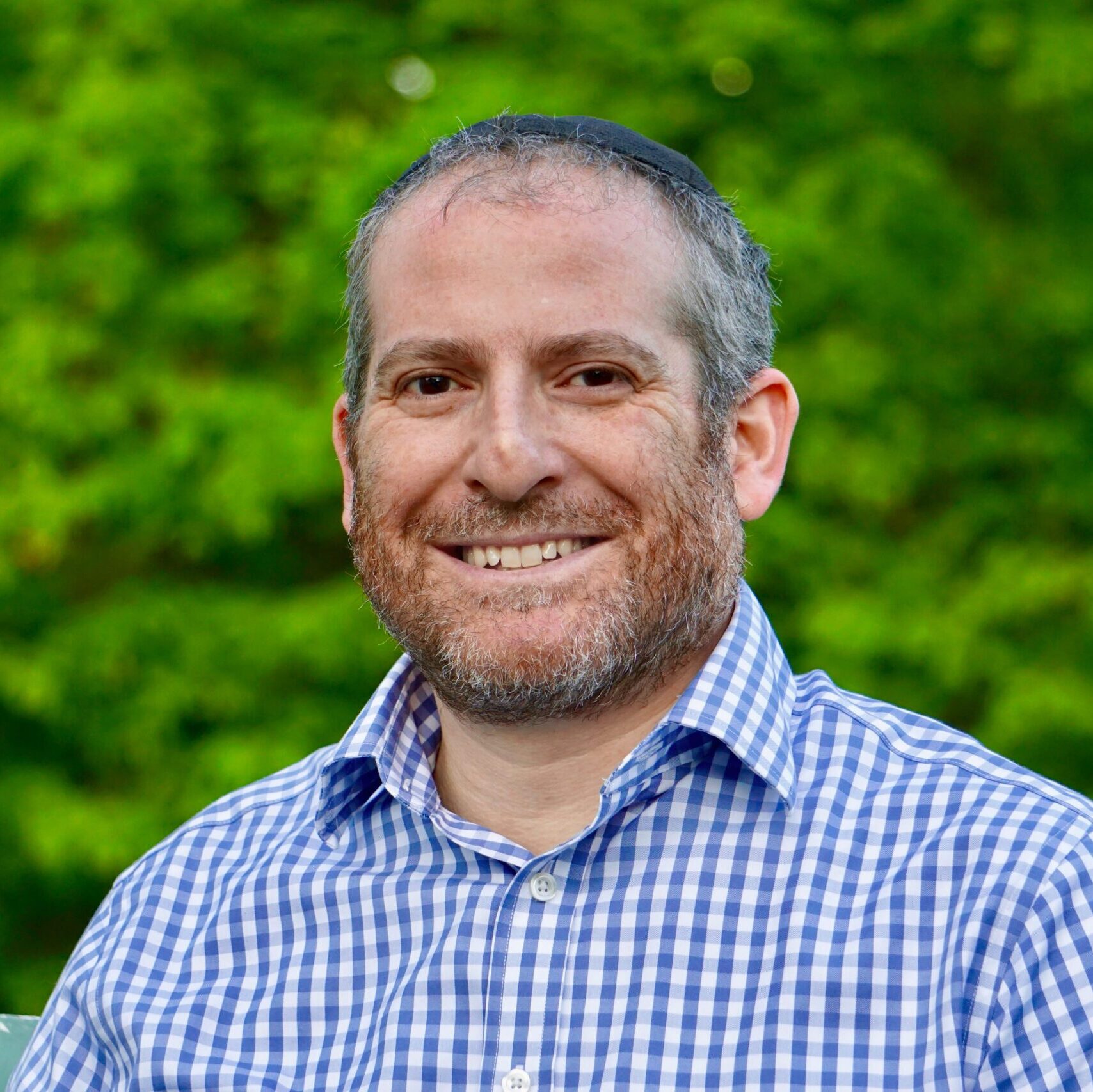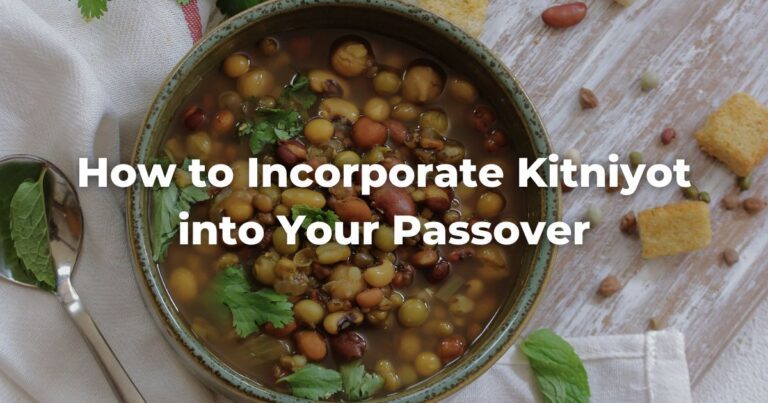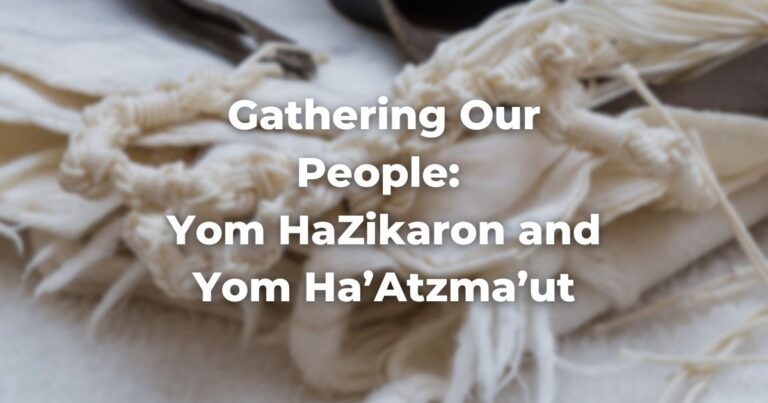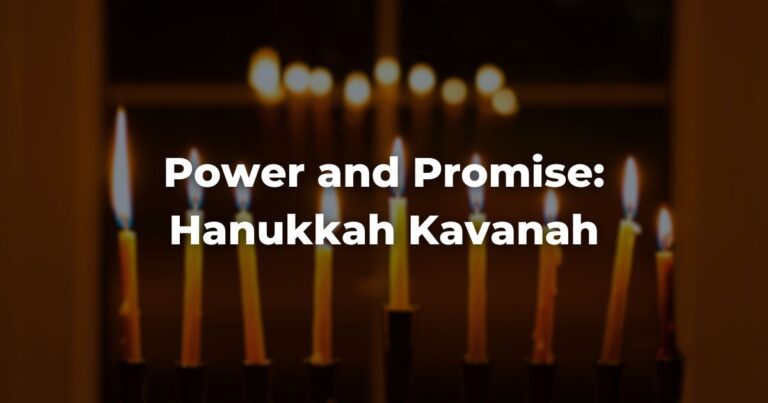This piece is part of Exploring Judaism’s 5784 Passover Reader. Download the whole reader here.
I am a big fan of Anthony Bourdain, the punk chef who made it big as an author and then television travel show host. I appreciate his honesty, use of metaphor, and vicariously exploring places and tastes through his work that I never would myself. In particular, I am grateful to him for his trip to Egypt.
Season 4, episode 15 (available on Max and other streaming services) of “Anthony Bourdain: No Reservations” finds Tony in Egypt. After time in Cairo, he is hosted on a farm in a rural community. It is from this episode that I learned one of matzah’s secrets. The hosts on the farm made bread – really, matzah – the same way it could have been made 3,000 years ago.
Dinner on that farm consisted of duck stew, mallow (a green herb) made into a dip, and flatbread. The flatbread looks identical to handmade round shemurah matzah. While Bourdain calls it “bateo bread,” I have only found it referred to as ‘bataw’ bread. This is ‘bread bread,’ the fundamental bread of the community.
The secret those farmer-cooks shared – this is the bread that was and is common in Egypt. While matzah is ancient, it is not as unusual today as we might think it to be.
Another reason the show helped me understand matzah was the research I was inspired to do after watching it. There is another ancient Egyptian bread still made today, called ‘Eish Shamsy’ –`ayš, in this context, is an Arabic word for ‘bread’ and shamsy, is etymologically like the Hebrew word shemesh – sun. This is bread baked without an oven, directly on a hot stone, left out in the elements, and baked in the sun.
One more piece. In a different episode, Anthony is out in a rural environment in North Africa, and he learns that women have been baking bread in outdoor ovens using natural fermentation like sourdough for thousands of years. While I cannot speak to the historicity of his claim, it sure seems likely.
Stepping away from the TV, let’s look at biblical texts about matzah. We find a few different tales of where it is served, and several reasons are given for why it is flat and the bread of choice. The first mention of matzah in the TorahRefers to the first five books of the Hebrew Bible, the Tanakh, also called the Five Books of Moses, Pentateuch or the Hebrew equivalent, Humash. This is also called the Written Torah. The term may also refer to teachings that expound on Jewish tradition. Read more is in the story of Lot (Bereishit 19:3) when he entertains the mystery guests before the destruction of Sodom and Gomorrah. It is here that we can put on two different interpretation hats:
- the Midrashic hat, which says it must have been Passover – that’s what some ancient rabbis suggested and
- the foodie hat, which says matzah is just the simplest, quickest bread, and when guests show up unexpectedly that’s what they get.
Most Ashkenazim maintain the custom of having the thinnest possible matzot baked within eighteen minutes from the moment the water comes into contact with the flour. This turns out breads that are nearly identical to bataw. Eighteen isn’t an arbitrary number; some rabbinic observational science combined with folk wisdom gives us the number that we keep to this day.
What many people have yet to encounter is soft matzah. Soft matzah follows the same rules – eighteen minutes and super-hot baking – but it is not as thin. Soft matzah is common in some Sephardic communities and has made headway in recent years. It is easier to eat – more like a laffa, a pocketless pita – and most likely, much closer to the matzot that the Torah mentions.
Considering this soft matzah allows us to understand the Hillel Sandwich better. Making a sandwich with cracker-thin matzot has always seemed to be a slapstick joke added to the seder: you get all your stuff into a couple of matzot and then bite it while leaning, and it explodes on your holiday clothing. But, if you have soft matzah, suddenly, it makes a lot more sense. If we had the Passover Lamb, this sandwich would be like a shawarma, doner, or taco—ancient fast food.
After Lot, matzah isn’t mentioned again until the Torah instructs the Israelites regarding the first Pesach (Shemot 12:8), Pesach Mitzrayim, the soon-to-be-liberated slaves, are instructed to eat their Paschal Lamb on matzah with bitter herbs. A meal not very different from the one that Anthony Bourdain had on the Egyptian farm.
So, secret number two – the food hasn’t changed all that much in thousands of years.
The second instruction regarding matzah comes in the context of what should be called ‘Chag haMatzot’ – the Festival of Unleavened Bread. During the week that follows Pesach, i.e., the 15th to 22nd of Nissan, the Israelites are commanded to abstain from seor and hametz. ‘Seor’ is usually translated as ‘leavening’ and ‘hametz’ as ‘leavened bread.’ But in the Schocken Bible (1995), Everett Fox chose two words – leavening and fermented. I think the distinction is important as it helps us focus on the varieties of leavened products: starters, breads, liquors, and more that existed in the ancient world.
When the Israelites finally get up and leave, their bread is mentioned twice. In Exodus 12:34, we learn that they had to depart in such a hurry that their bread did not have enough time to rise. They wrapped up their kneading bowls and hung them over their shoulders with the dough still inside. Five verses later, in 12:39,
And they baked unleavened cakes of the dough they had taken out of Egypt, for it was not leavened, since they had been driven out of Egypt and could not delay; nor had they prepared any provisions for themselves.
On the surface, one may think that they packed up and left with the dough in the bowl without thinking of the dough – but really, they packed up and left with the dough in the bowl, knowing that it would bake in the sun’s heat as they walked out of Egypt. It is mentioned explicitly that they baked; they knew they would be walking for a while and certainly would not have thought that they would have ovens soon. Baking bread in the sun was and is something that one does in that part of the world.
Secret number three – the dough on their backs baked into bread
In modern Egypt, we find two different breads: bataw – a matzo-like flatbread, and eish shamsy – a bread baked in the sun. These match up well with the two different breads mentioned in the Exodus narrative.
With current technology, baking bread can be as easy as grabbing some leavening, flour, salt, and water and dumping it all in a machine. Some people turn the difficulty level up by using a starter – a living, fermenting, leavening mass of flour, water, and yeast. In the ancient world, baking bread was work, and it was mysterious. People relied on leaving their flour and water mixture out and waiting for it to leaven without human intervention. They did not know there was yeast in the air. It must have seemed like an unnatural process, miraculous.
A final secret of matzah, is brought out by reading a short passage in the Zohar.
The text refers to matzah as ‘the Bread of Faith’ (2:183b), I think it refers back to what the Israelites left behind: their tried-and-true method of making bread. Bread was the most fundamental food – it made up most of the calories in their diet. When the Israelites left Egypt, they left behind the assurance that their bread would rise.
The miraculous unseen yeasts would not travel with them, and there must have been tremendous anxiety and food insecurity. That was an act of immense faith – the belief in God that they would be able to eat, that there was a future where they would again have bread. They left the culture, pun intended, of Egypt.
When you buy your matzot this year, try and set aside a little money to help those who need food. Yes, Passover is expensive, but one of the ways to make it taste and feel better is by helping others escape slavery, hunger, and affliction. Matzah is so commonplace, so easy, that it is the butt of many derisive jokes. I implore us to remember how much meaning is in every simple unleavened bite.
The deepest secret – God is saying, “Leave behind the culture, the yeast, the taste, the certainty, of Mitzrayim/Egypt. Leave behind the narrowness of knowing that even though we are slaves, at least we will eat.”
Author
-

Rabbi Mordechai Rackover serves as Editor in Chief of Exploring Judaism and Director of Publications and Digital Engagement at The Rabbinical Assembly. He has a background in education, campus work, and the pulpit. Mordechai studied for nearly a decade in a number of Yeshivot in Israel and has a BA in Jewish Studies from McGill University and an MA in Jewish Communal Leadership from Brandeis University. When not working he can be found reading or cooking and occasionally catering. Check out his Instagram for mouthwatering shots.
View all posts

